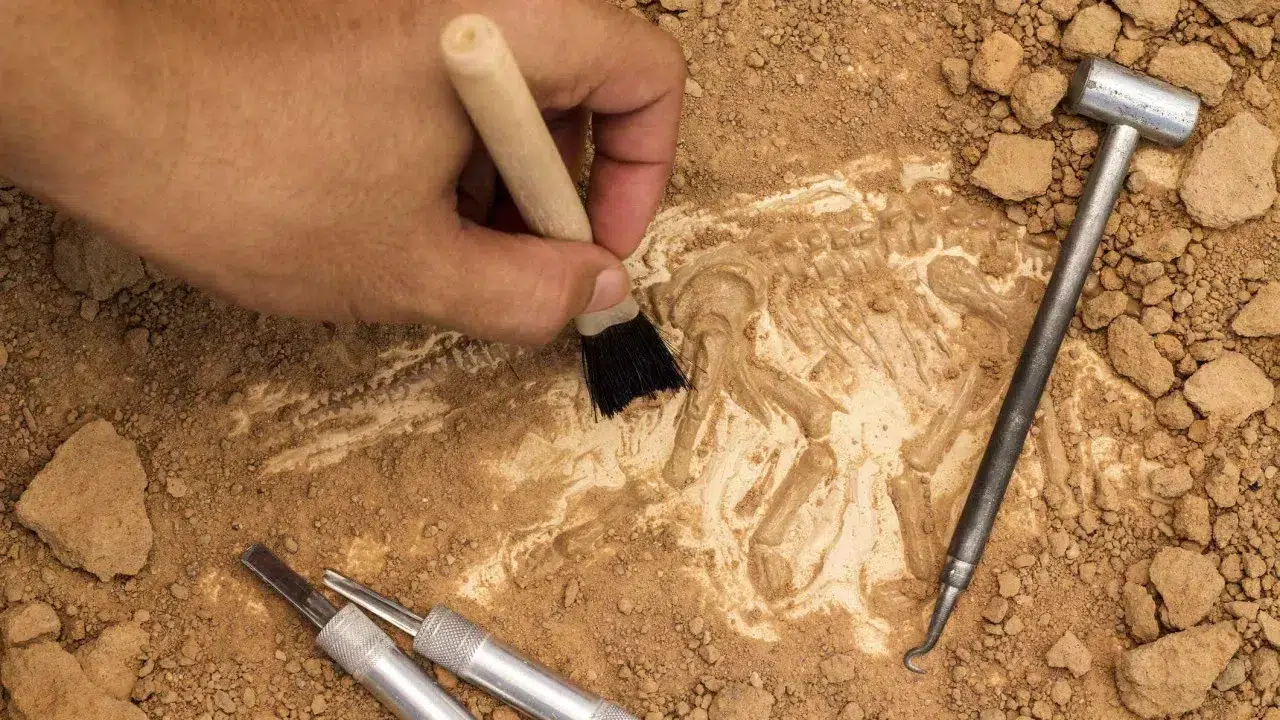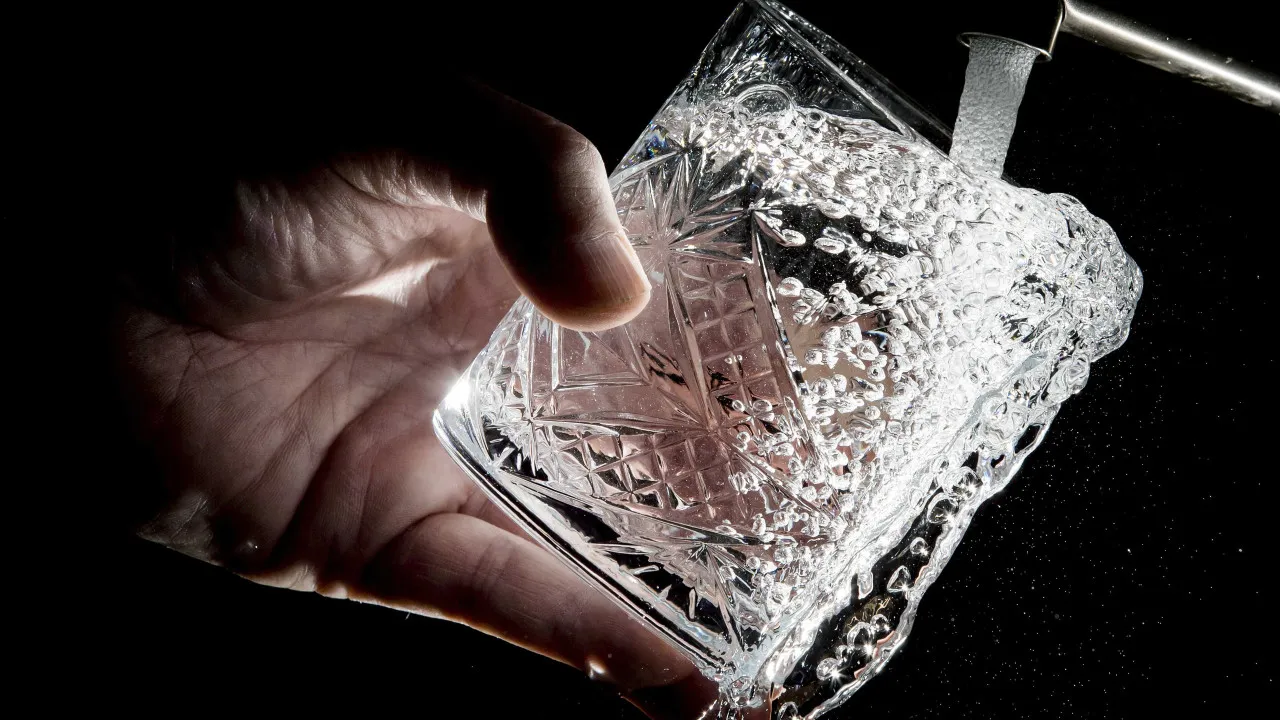
The prospecting campaign, set to take place from July 7 to July 25, will facilitate the cleaning of a slab about 155 million years old, where “several dozen dinosaur footprints” have been discovered, described by geologist Inês Marques of the Oeste Geopark in a master’s thesis focusing on eight sites in the Oeste region.
This site, located south of the Salir do Porto Dune in the municipality of Caldas da Rainha, is notable among them as a “very special site because it has a very peculiar record at both national and international levels,” said the geologist, explaining that the limestone slab “preserves footprints that testify to swimming behavior of dinosaurs, particularly carnivorous dinosaurs known as theropods.”
Practically, the footprints discovered in Salir do Porto “do not show the heel area, the back part of the foot, as is usually seen in footprints,” said the Oeste Geopark researcher, explaining that “this shows that these dinosaurs were, at least in certain phases, floating.”
The evidence suggests that there was a column of water at the site, which researchers estimate to have been “between half a meter and three meters deep, causing the dinosaurs to only touch with the most distal parts, namely the fingertips, in the clays that existed at that time,” she added.
The slab is partially covered by vegetation and sediments, which the geologist believes may be “covering more material, probably footprints,” prompting researchers to initiate the prospecting campaign.
Initially, the slab will be cleaned, followed by photographic recording and measurements of any new footprints discovered, the prospecting of other materials (such as bones) that may exist in the surrounding area, and finally “a drone flight at a lower altitude to gain more detailed views of the entire slab and create a 3D model,” explained Inês Marques.
The significance of the site, “quite unique and different from others found in Portugal,” led the Caldas da Rainha City Council, in the Leiria district, to sign a protocol with the Lourinhã Museum (GEAL) and the Natural History Society of Torres Vedras (both in the Lisbon district), entities specialized in the research, protection, and dissemination of paleontological heritage, which will collaborate in the prospecting campaign.
The protocol ensures that the discovery can be studied and exhibited to the public by these two entities, while allowing the Caldas da Rainha municipality to claim ownership in the future.
The Caldas da Rainha City Council will also support the campaign by covering the transportation and food costs for volunteers who wish to register to participate in the work, which will uncover 18,400 square meters of the more than 22,000 square meters total of the slab.




